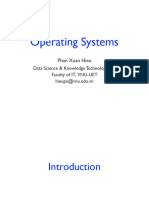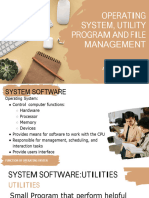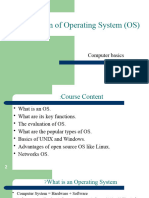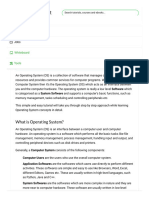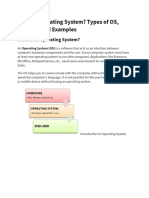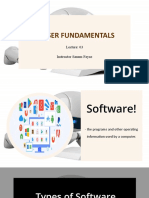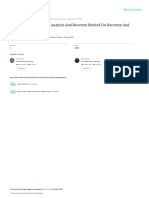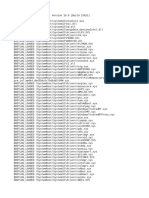0% found this document useful (0 votes)
11 views31 pagesQ1 Operating-System
Operating system
Uploaded by
imalilkool813Copyright
© © All Rights Reserved
We take content rights seriously. If you suspect this is your content, claim it here.
Available Formats
Download as PDF, TXT or read online on Scribd
0% found this document useful (0 votes)
11 views31 pagesQ1 Operating-System
Operating system
Uploaded by
imalilkool813Copyright
© © All Rights Reserved
We take content rights seriously. If you suspect this is your content, claim it here.
Available Formats
Download as PDF, TXT or read online on Scribd
/ 31








